Barring a sudden drop in demand, revenues from the App Store are likely to eclipse worldwide box office revenues sometime this year, according to one analyst.
Long-term trends show that while global ticket sales are still climbing, the App Store has been growing at a much faster pace since 2012 and was already nearing equality in 2017, Asymco's Horace Dediu said in a recent blog post. Both industries are likely to hit the $40 billion mark in the near future.
The App Store calculation is based on Apple's announcement that it paid developers $26.5 billion last year. Apple typically claims a 30 percent cut from App Store transactions — allowing for the fact that it takes only 15 percent from some subscriptions, real App Store spending is estimated to be about 43 percent higher.
The full economic value of the App Store is much higher still, Dediu noted, since many apps are just front-ends for ad-based services, or ones which otherwise don't split money through the App Store — some examples being Amazon, Airbnb, Facebook, Google, Netflix, and Salesforce. A rough estimate for the economic worth of the App Store in 2017 is $180 billion.
The public's App Store spending has been adding about $5 billion per year since mid-2011, and has helped make apps the biggest portion of Apple's services segment, which at an estimated $57 billion last year is enough to make it a Fortune 100 company on its own.
 Roger Fingas
Roger Fingas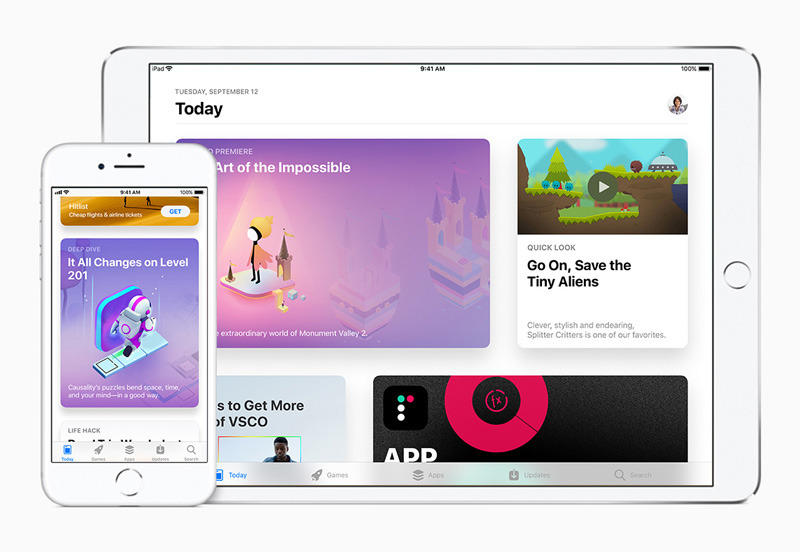
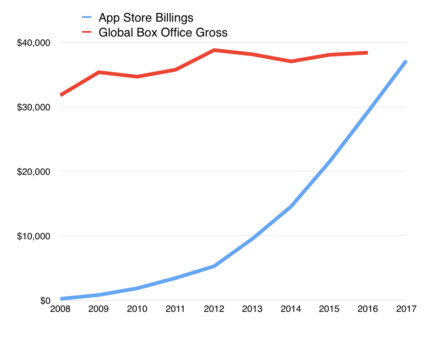


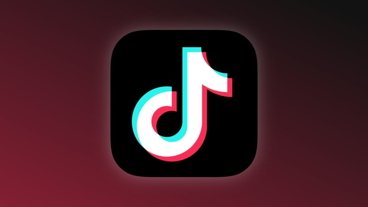
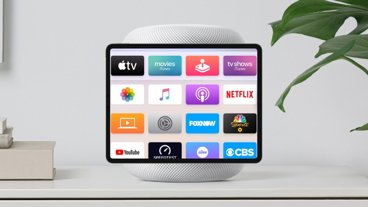


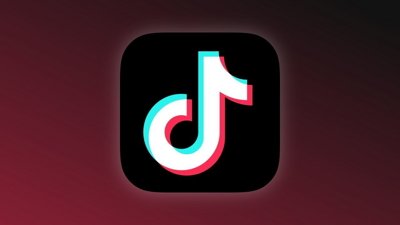
 Charles Martin
Charles Martin


 Wesley Hilliard
Wesley Hilliard
 Stephen Silver
Stephen Silver
 William Gallagher
William Gallagher

 Marko Zivkovic
Marko Zivkovic








10 Comments
I don't see what app store sales has to do with movie box-office. You might as well compare hardware store sales to movie box-office or hardware store sales to app store sales. Domestic ticket sales are on the decline (down 5% in 2017 from 2016), but that should be expected considering all the different ways one can see movies today, including discs, iTunes and streaming services. Box-office revenues are somewhat more stable, but that's due to higher average ticket prices.
In 2017 in the U.S., box-office was about $10.971 billion (numbers vary depending upon who is providing them) and 1.2328 billion tickets were sold for an $8.90 average ticket price and 23.7 million weekly admissions. Based on a U.S. population of 325.7 million people, 7.28% of the population saw a movie each week and each person averaged 3.78 movies per year at a theater (including children). The top 10 grossing films took 32% of box-office revenues.
In 2010, there were 25.81 million weekly admissions and 8.34% of the population saw a movie a week and each person averaged 4.34 films per year.
If we go back to the early years of TV, in 1950, there were 50 million movie admissions per week and 33% of the population saw a movie per week. Each person averaged over 17 movies per year. But that pales as compared to pre-TV 1946, when there were 86 million weekly admissions per week and over 61% of the population saw a movie a week and each person saw an average of almost 32 movies per year. Domestic box-office was $1.692 billion, which is the equivalent of $22.3 billion in 2017 dollars, so the domestic business is half what it was in 1946 on a much larger population (326 million vs. 140 million).
Since Android market share is over 85%, iOS market share is less than 15%. So in the long term Google will make five times more from Android App Store than Apple earn from App Store. May be Google is already making at least twice more than Apple?